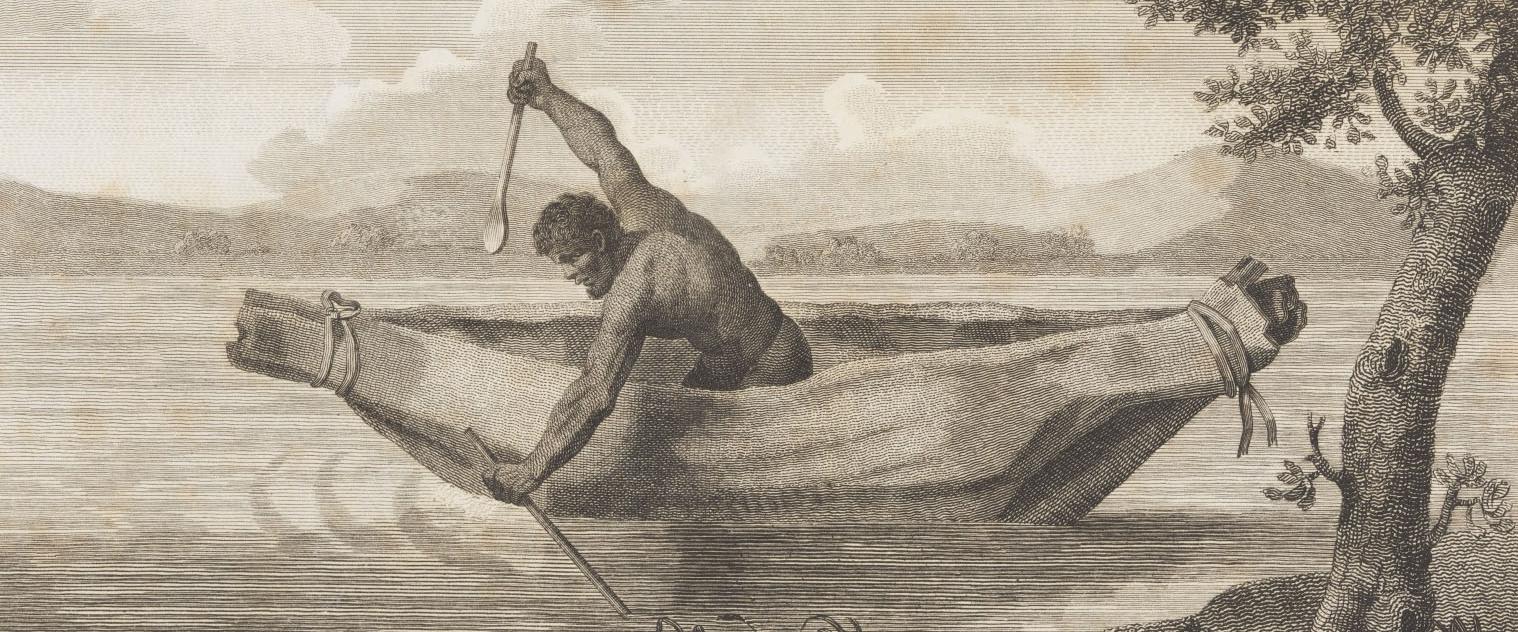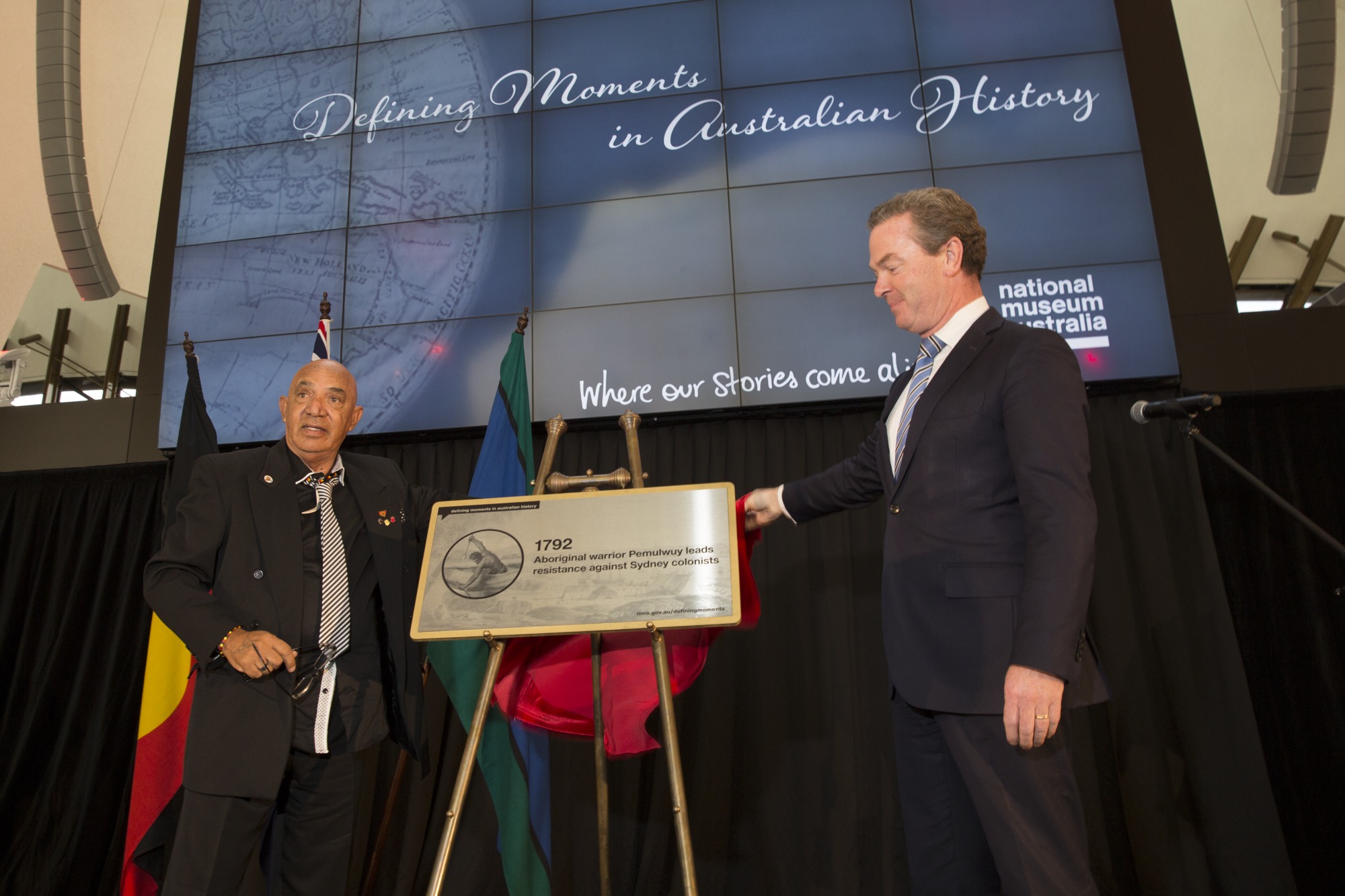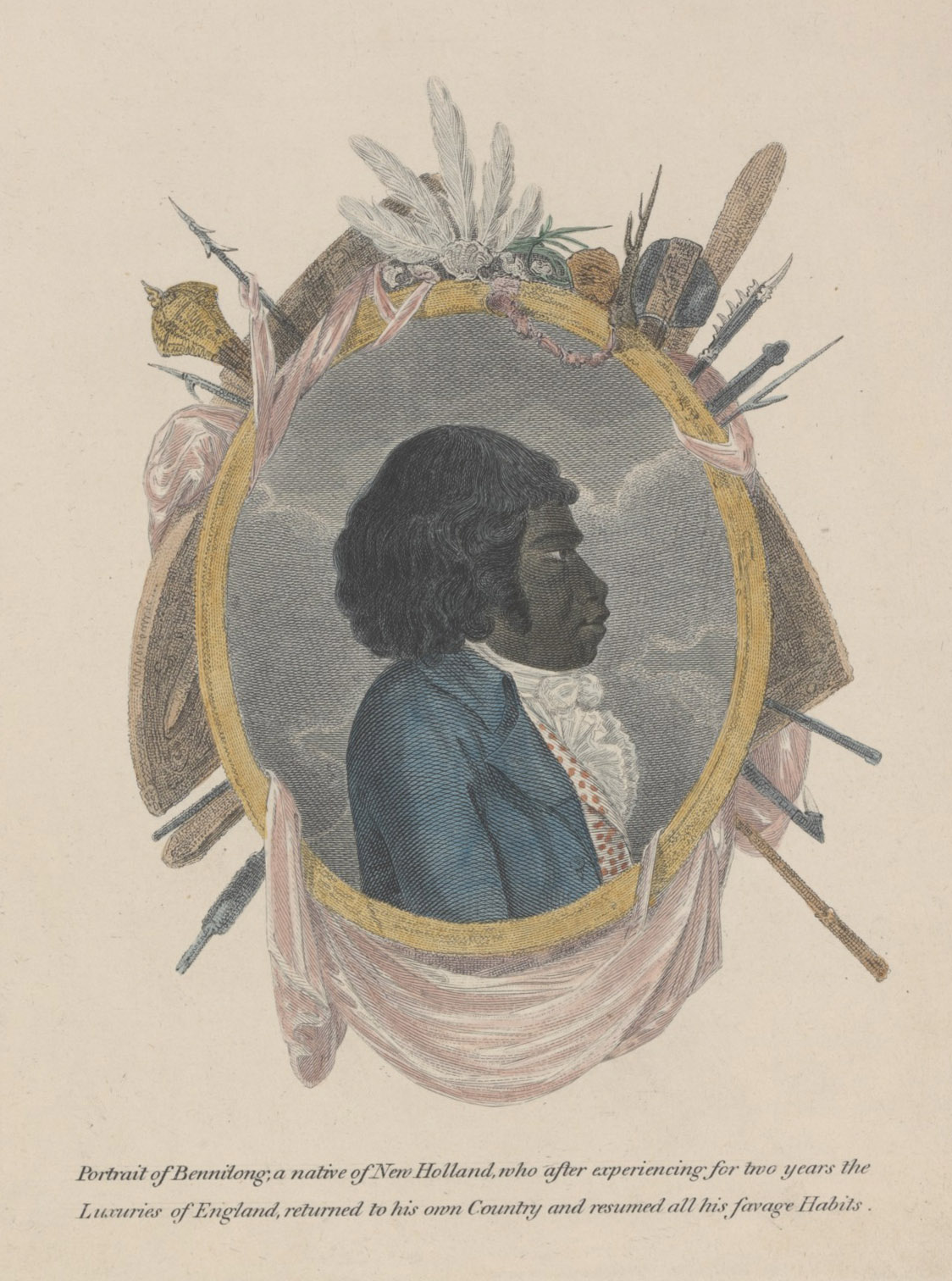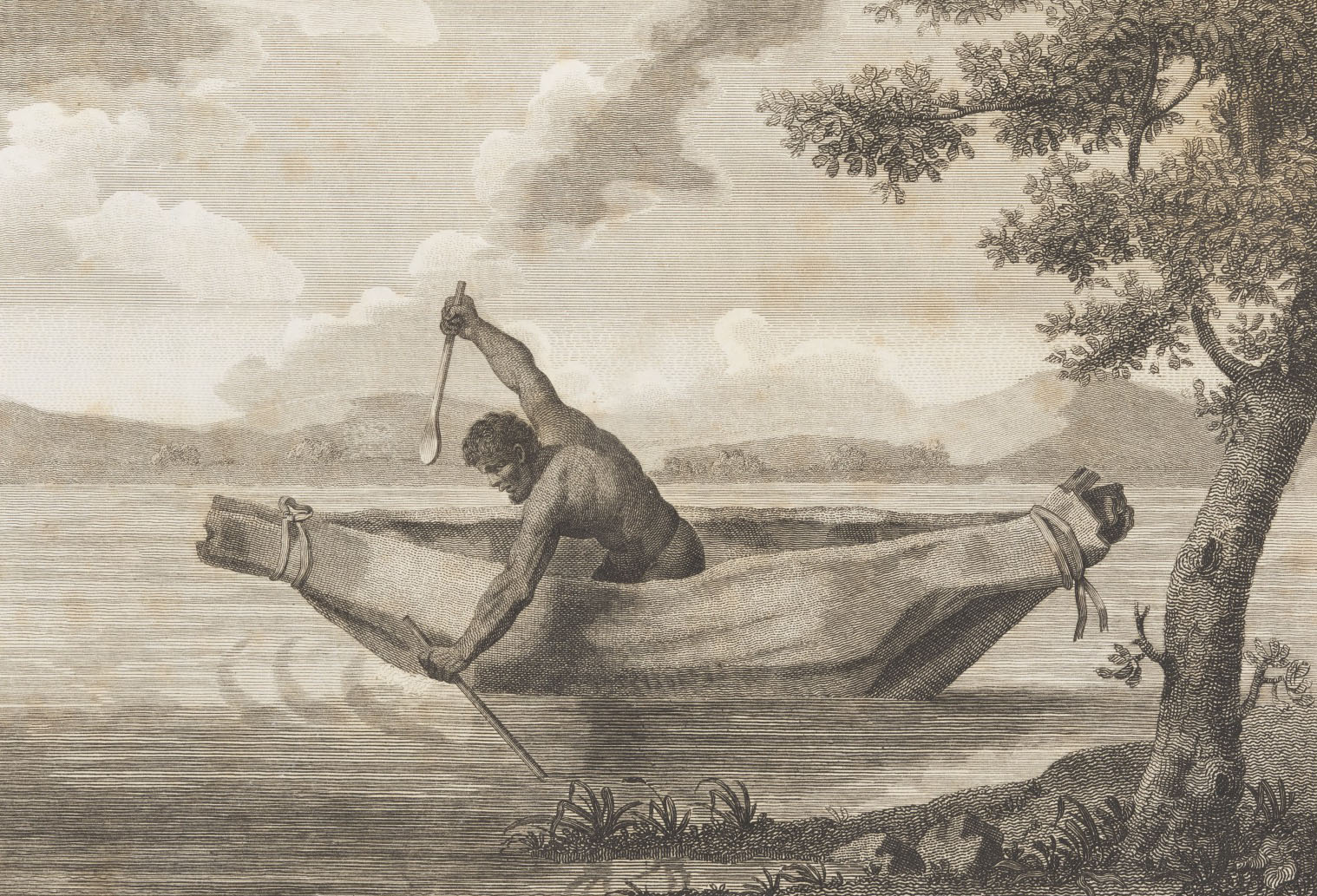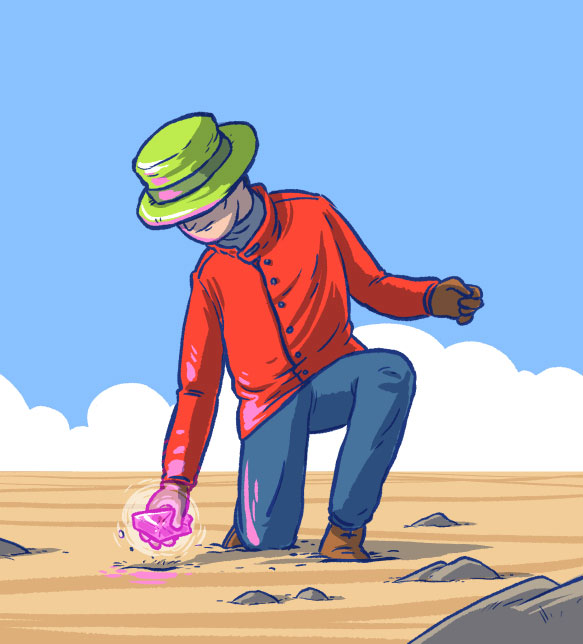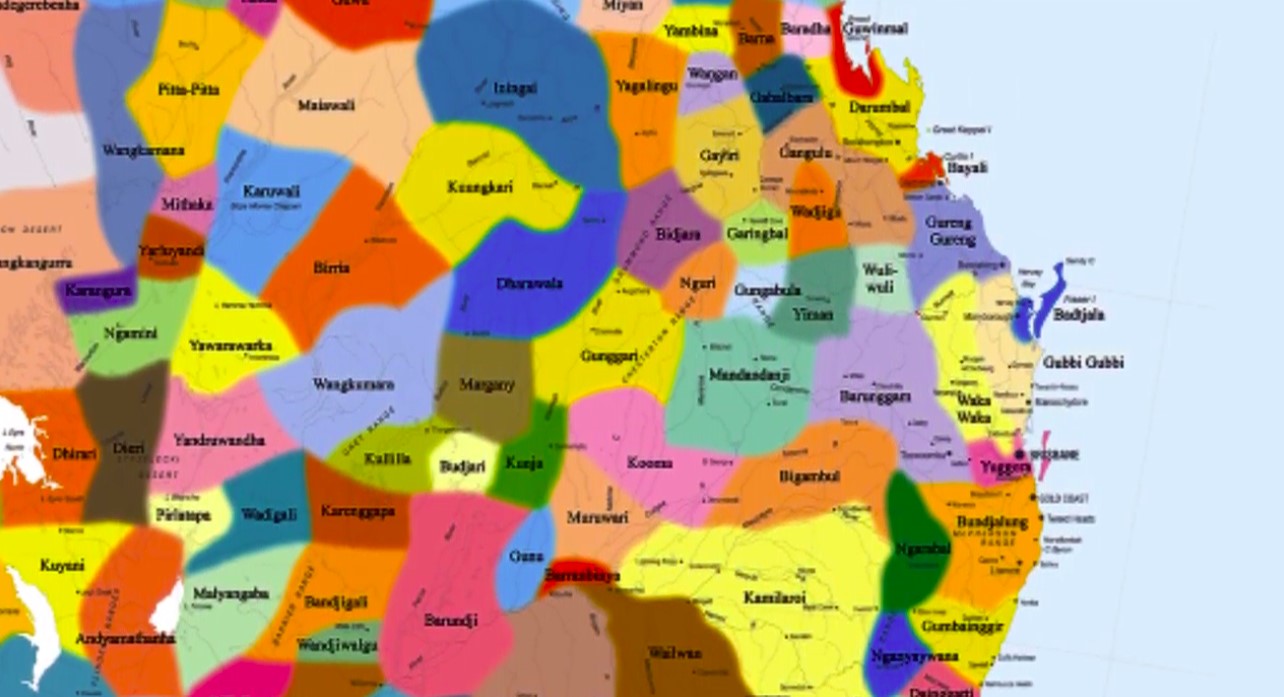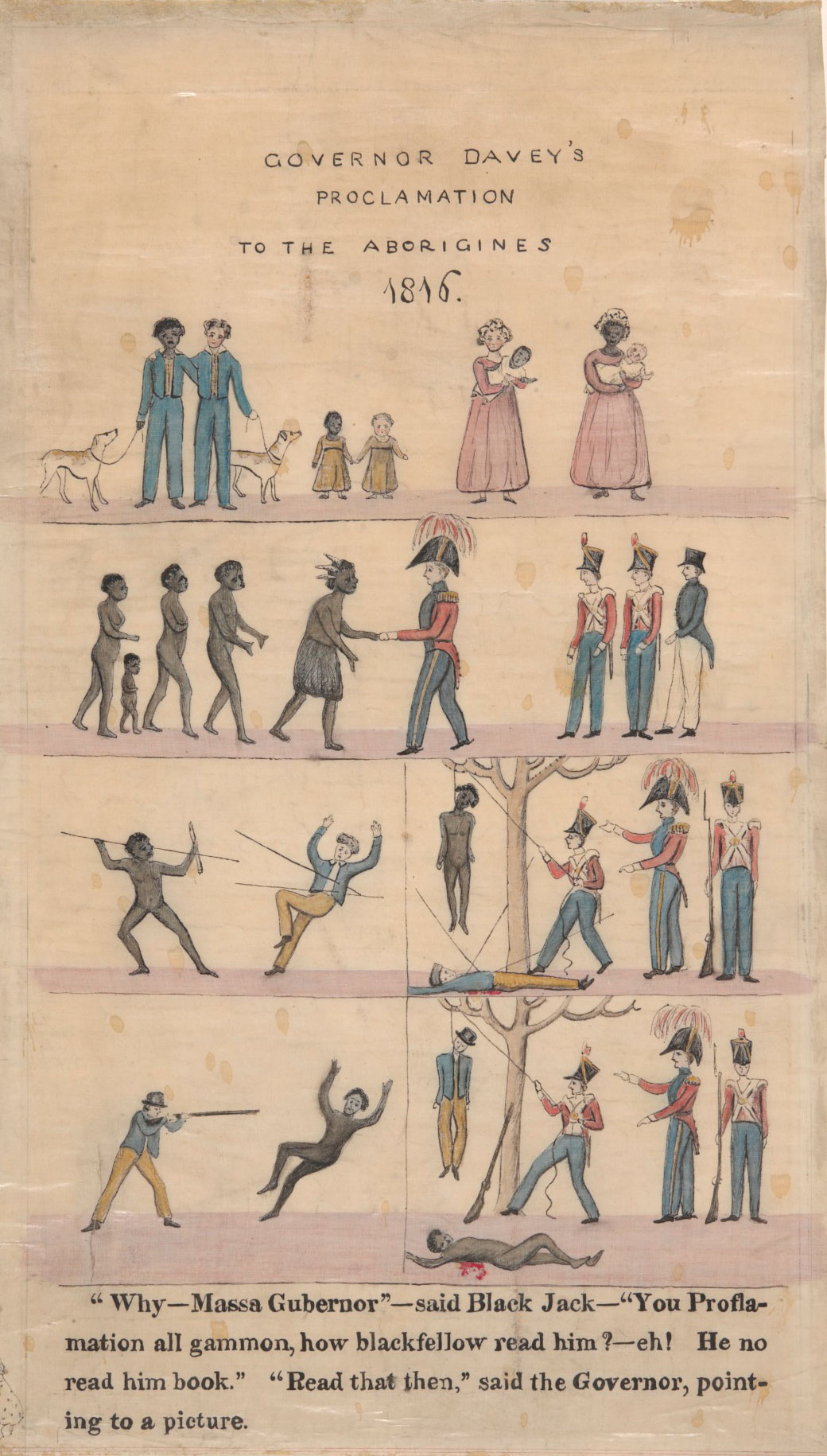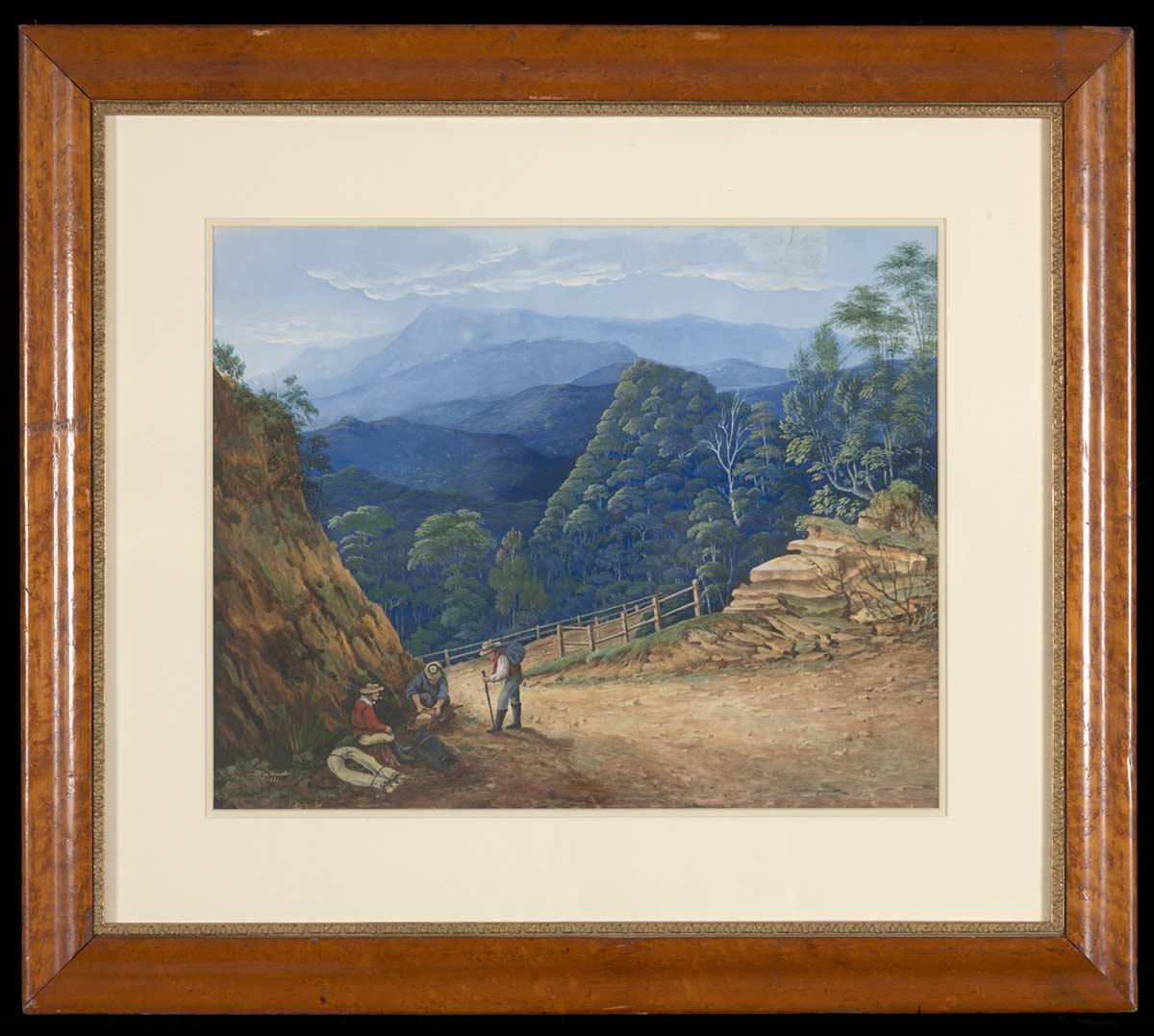‘A brave and independent character’
1792: Eora warrior Pemulwuy leads resistance against Sydney colonists
‘A brave and independent character’
1792: Eora warrior Pemulwuy leads resistance against Sydney colonists
WARNING: This page contains some difficult and potentially distressing content.
In a snapshot
Two years after the First Fleet arrived in Australia, Eora warrior Pemulwuy began to resist white colonists moving into his people’s traditional lands. Despite being seriously wounded in 1797, he avoided capture until 1802 when he was finally shot dead. His head was then cut off and sent to England. Pemulwuy was the forerunner of many more First Nations people who resisted the colonisers as the occupation spread across the Australian continent.
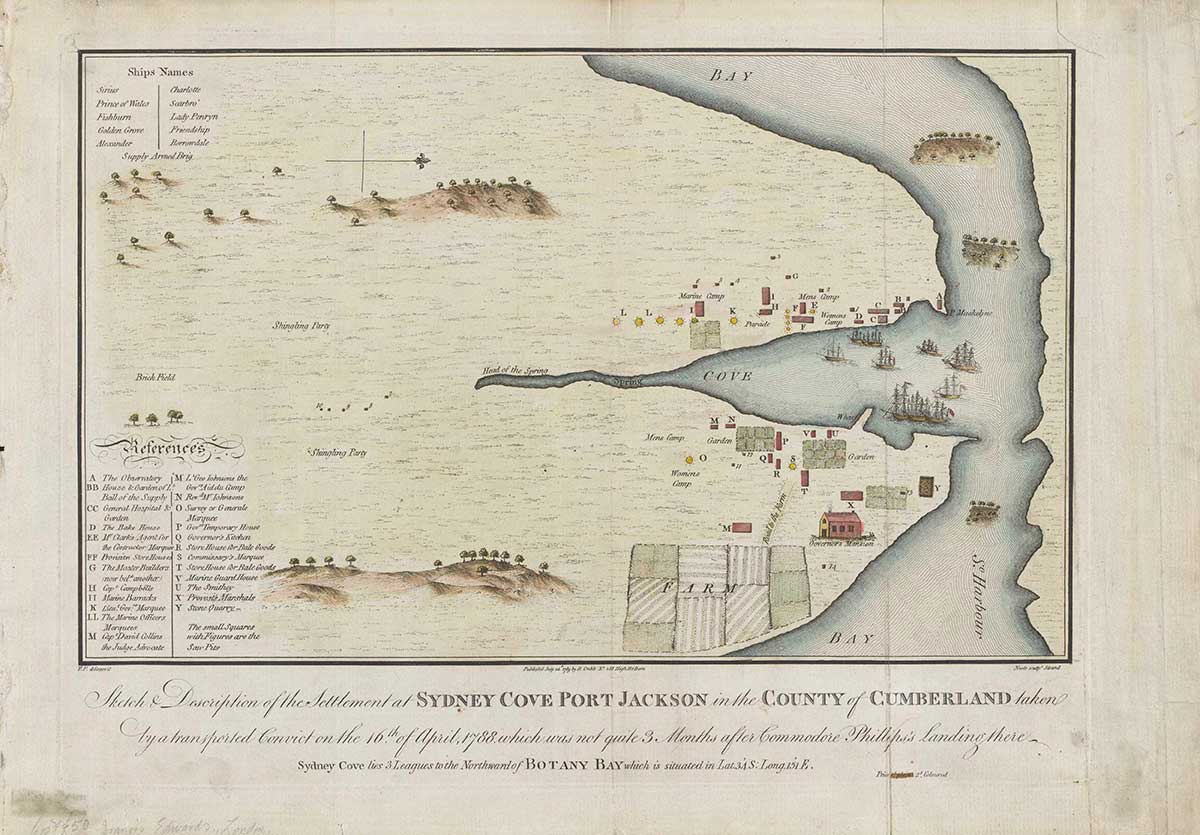
 Can you find out?
Can you find out?
1. What two distinctive physical features did Pemulwuy have?
2. What role did Pemulwuy have in resisting the colonists?
3. What happened to Pemulwuy and why is this a continuing source of sorrow to First Nations peoples?
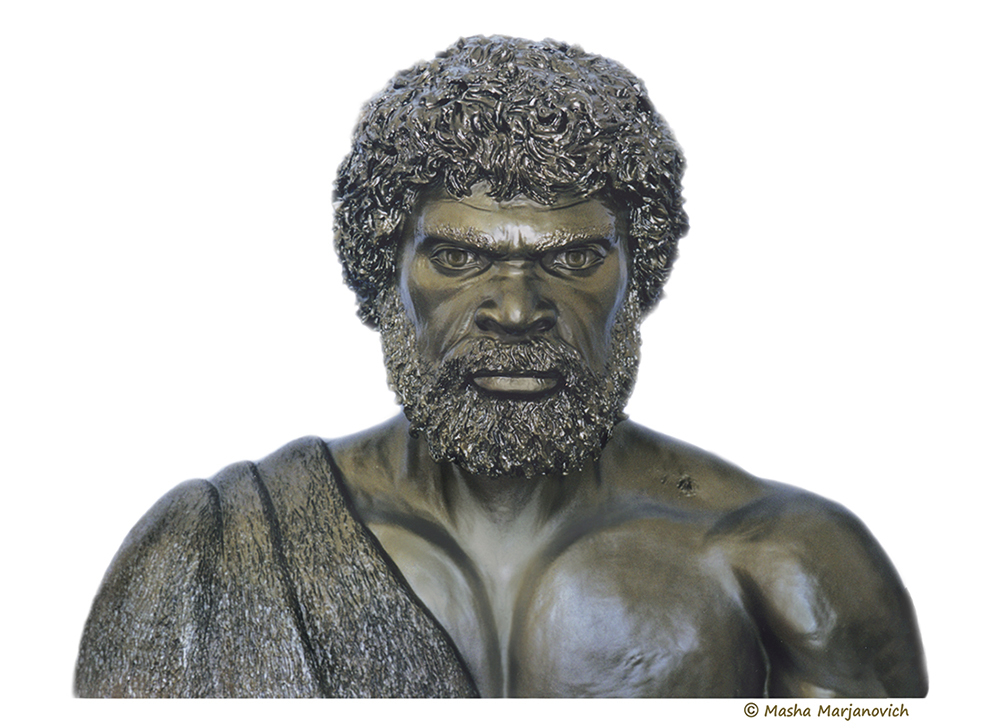
Who was Pemulwuy?
Pemulwuy (or Bembilwuyam) was born around 1750. He was from the Botany Bay area of Sydney and a member of the Bidjigal (Bidgigal) clan of the Eora people. He had two distinctive physical features: one eye had a speck or blemish; and one foot was clubbed. Medically the term ‘clubfoot’ usually means a birth defect where the foot is at an unusual angle. But in Pemulwuy’s case his foot was deliberately injured with a club. This was to show that Pemulwuy was a carradhy or ‘clever man’ — a man who is supposed to have supernatural powers.
What effect did the First Fleet have on the Aboriginal people of the Sydney area?
The Aboriginal people of the Sydney area, the Eora, faced enormous changes when the First Fleet arrived in 1788. The Eora had their own system of laws that explained how to behave, how the land and other natural resources should be used and the social relationships between people.
The colonists brought unfamiliar animals, food and tools and believed that they could take the Eora people’s land. They also believed the Eora were ‘savages’ and therefore inferior to themselves. The Eora and the colonists came into conflict because of these different perspectives and ways of living.
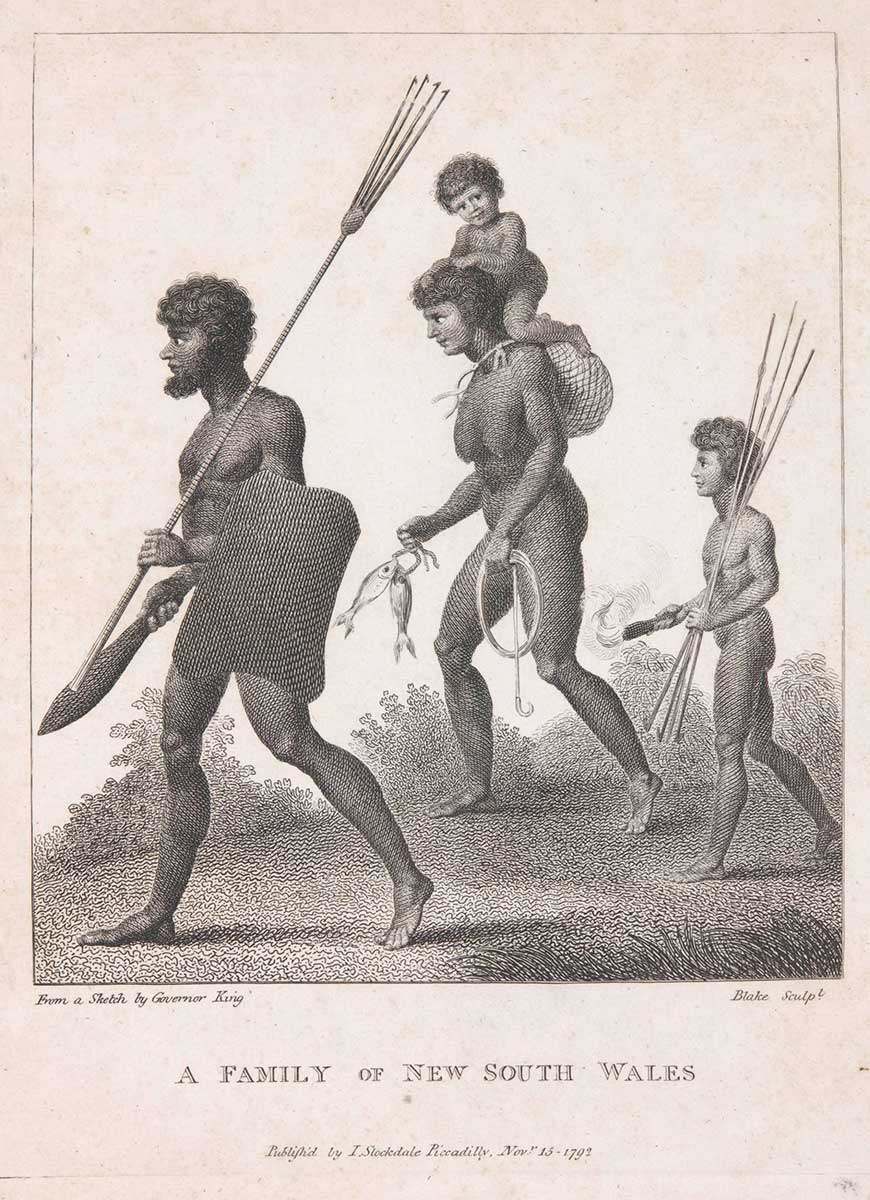
How did Pemulwuy resist the colonisers?
Pemulwuy opposed the colonisers. In 1790 he was involved in killing John McIntyre. McIntyre, Governor Arthur Phillip’s gamekeeper, was one of three convicts who were given guns and sent out to hunt and capture wild animals. The Eora people feared and hated McIntyre. Killing him may have been revenge for his breaking Eora laws and for his violence towards First Nations peoples.
Pemulwuy also led a series of raids against the colonisers from 1792. The raids took place on Pemulwuy’s Bidjigal lands. The Bidjigal burned colonists’ huts, stole their crops and attacked travellers. By April 1794 the violence between First Nations peoples and colonists was widespread.
During one confrontation Pemulwuy, with about 100 warriors, marched into the new settlement of Parramatta and threatened to spear anyone who tried to stop them. Colonial soldiers opened fire. At least five First Nations men were killed and Pemulwuy was wounded in the head and body. Pemulwuy survived his wounds and escaped a few days later.
Research task
Pemulwuy had a son called Tedbury (also Tidbury and Tjedboro). Do some research to find out what happened to him.
‘Altho’ a terrible pest to the colony, [Pemulwuy] was a brave and independent character.’

How did Pemulwuy die?
In November 1801 Pemulwuy was outlawed by Governor Philip Gidley King and a reward was offered for his death or capture. Either on or just before 2 June 1802 Pemulwuy was shot dead. His head was cut off and sent to the naturalist Sir Joseph Banks in England. The current location of Pemulwuy’s head is unknown.
There is a plaque commemorating Pemulwuy at the National Museum of Australia.
Read a longer version of this Defining Moment on the National Museum of Australia’s website.
 What did you learn?
What did you learn?
1. What two distinctive physical features did Pemulwuy have?
2. What role did Pemulwuy have in resisting the colonists?
3. What happened to Pemulwuy and why is this a continuing source of sorrow to First Nations peoples?






